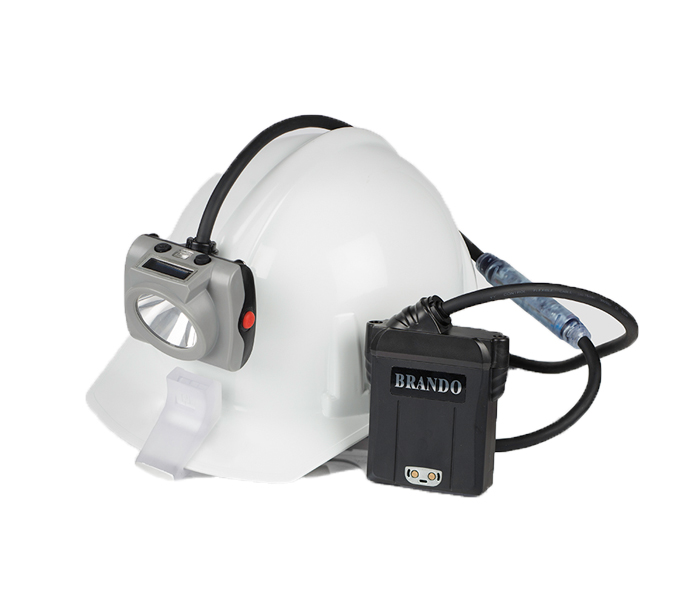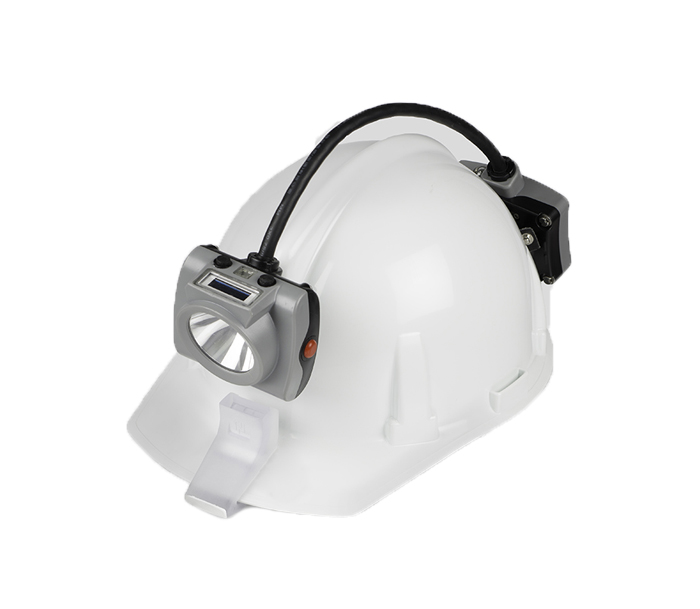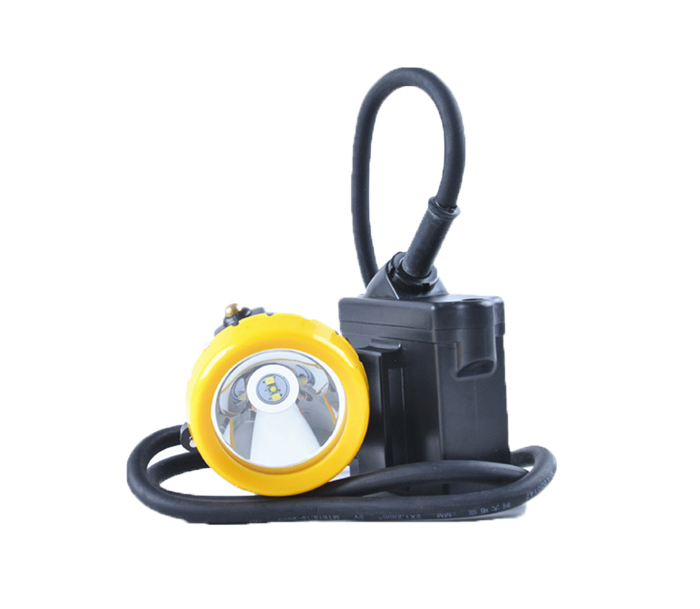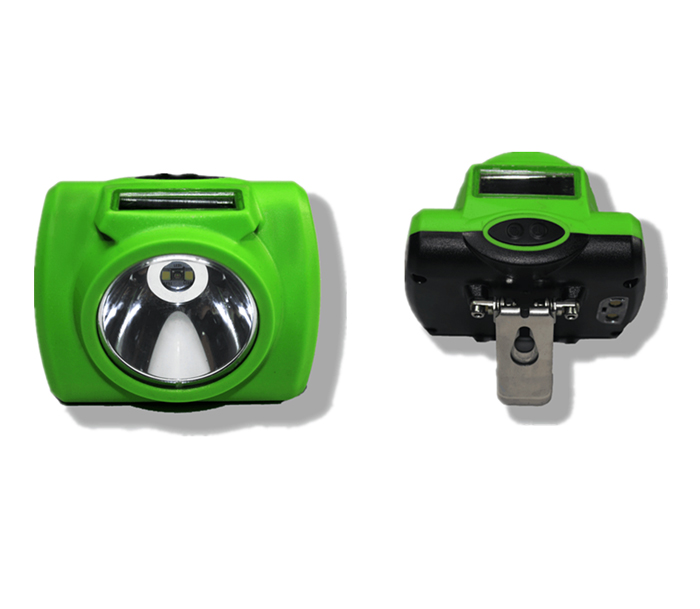Electronic Tracking Systems Performance
The 2006 MINER Act requires that electronic tracking systems be in place at coal mines to facilitate rescue operations in case of an emergency. Electronic tracking systems provide a mechanism for surface personnel to know which workers are in the mine and in which area they are working.
Many mines use manual tracking to monitor which miners are underground and their general location. When using manual tracking, at the beginning of each shift, the mine foreman provides the dispatcher with a list of names of people and where they are going within the mine. Once in the mine, if a miner needs to go to a different area to work, he notifies the dispatcher using the dial phone in the mine. The dispatcher then updates the list of miners’ current locations.
Manual tracking has a number of limitations. A miner’s location may be given as being within a working section that can be quite large and therefore difficult to pinpoint a miner’s exact location. Occasionally a mine worker will forget to notify the dispatcher when moving to another work location.
Several electronic tracking technologies that overcome the limitations of manual tracking are currently available. One technique uses a reader-based technique called radio frequency identification (RFID) technology. One common implementation of RFID technology can be found in retail stores to prevent merchandise from being stolen. In this type of system a small electronic circuit called a tag is attached to the merchandise. At the store’s exit, two vertical gates periodically emit a radio frequency (RF) signal. The signal is received by the tag attached to the merchandise, and the circuit emits a return RF signal if the tag has not been deactivated at the cash register. The return signal from the tag is picked up by the vertical gates and a warning is sounded. These systems use ultralow-cost and very short read range tags. Many industries use the tag-and-reader approach for tracking items and equipment. There are many types of tag-and-reader systems. Each system is optimized to trade off parameters such as read range, cost, reliability, and robustness.
A second type of tracking technology (node-based electronic tracking) uses the communications link between a radio and a node. The node analyzes the radio signal strength from a miner’s radio to determine how far away the radio is from a node (or multiple nodes) to estimate the miner’s location.
Another technology that has been proposed for use in mines is called inertial navigation (or inertial guidance). The system measures accelerations and other motion characteristics of the miner to determine how far the miner has moved from a known starting point.
In addition to determining location, there are other important characteristics for tracking systems. The system must have the system capacity to track the maximum number of people that may be in a coverage area. It must also be able to distinguish each individual in a group of workers traveling in an area of the mine at varying speeds, e.g. walking or riding in a vehicle. In addition, there may be a requirement as to how often the tracking system needs to update each miner’s location, referred to as the scan rate. All of these features should be discussed with a vendor when considering the purchase of a tracking system.
 Previous: Looking for Distributors
Previous: Looking for Distributors

















